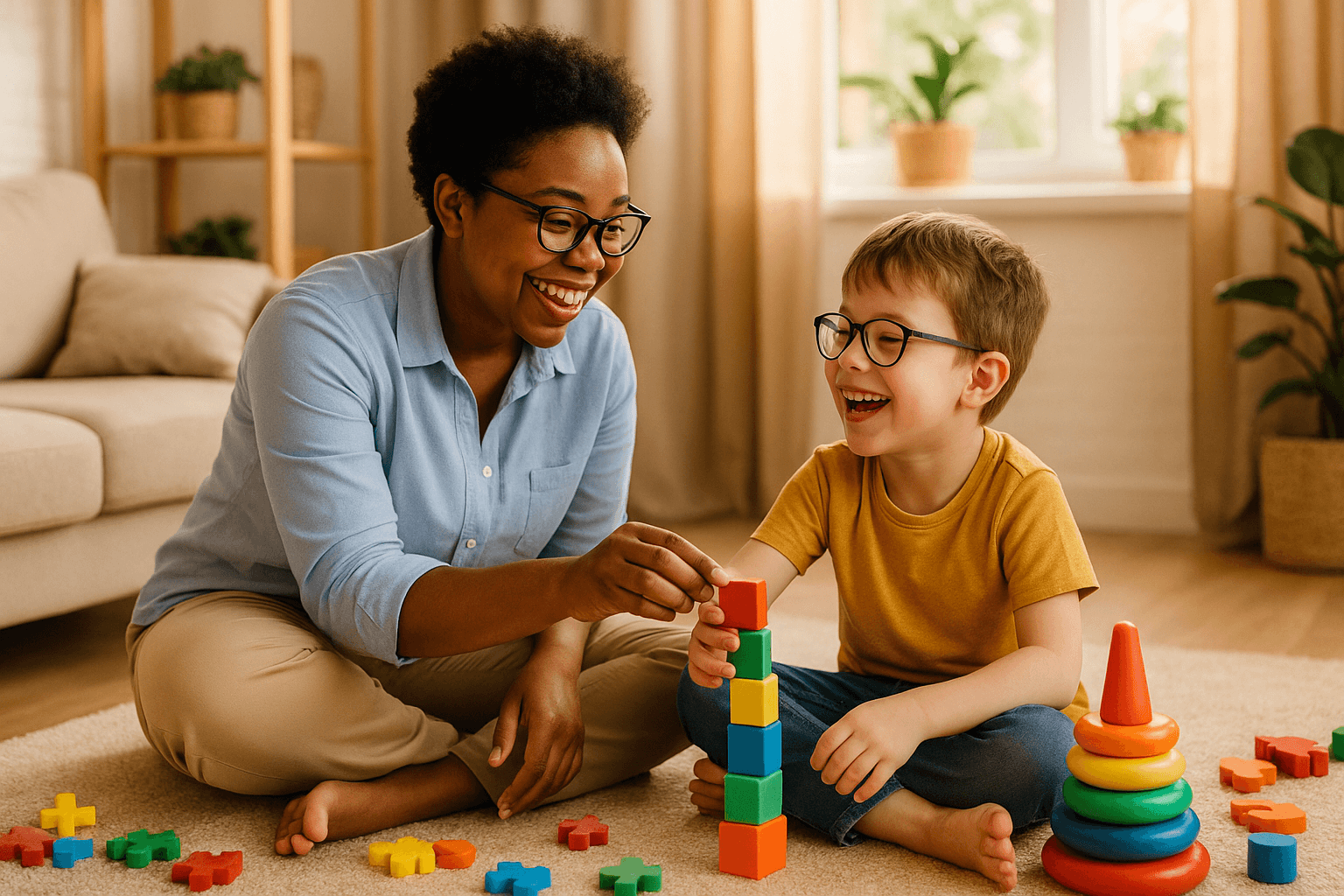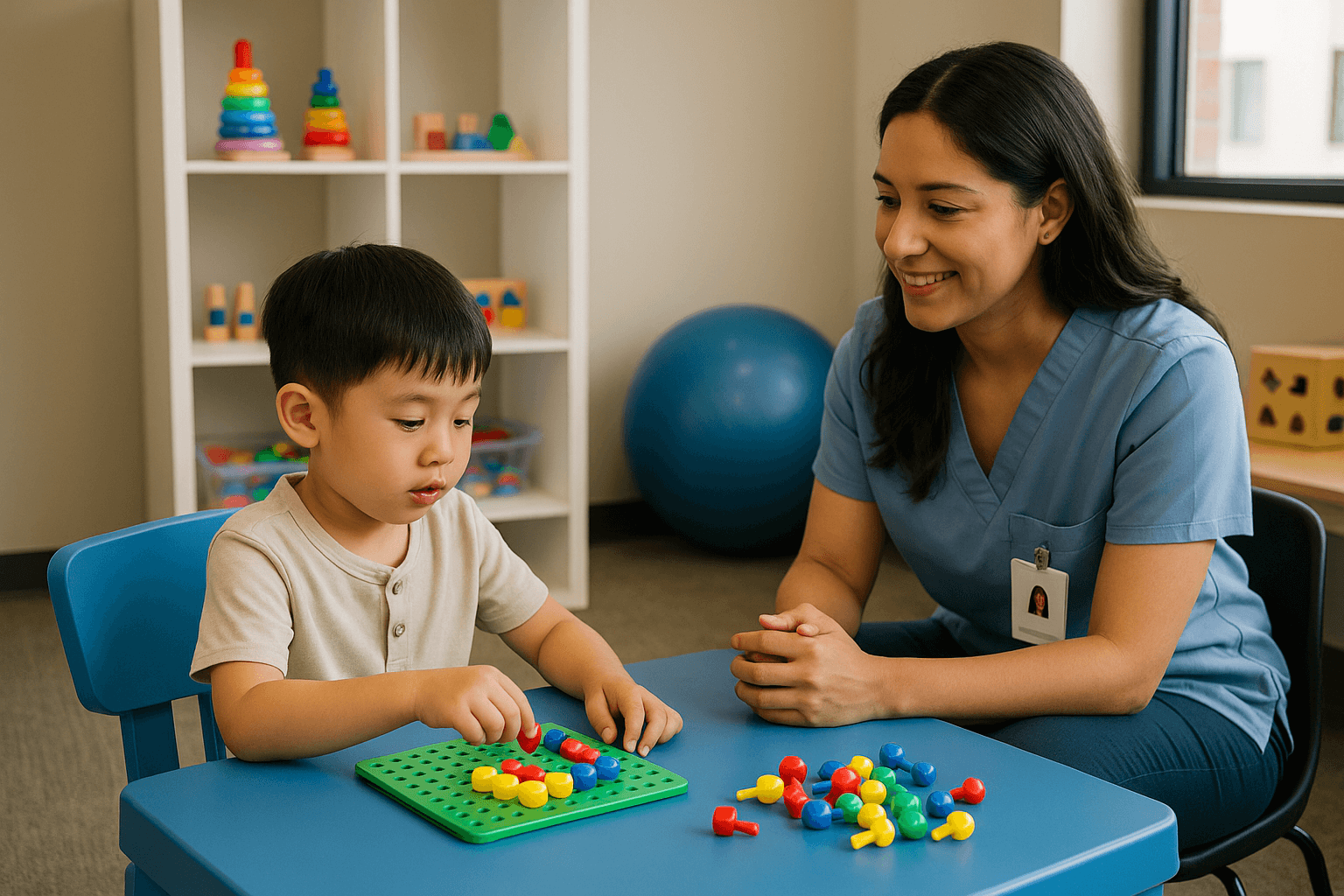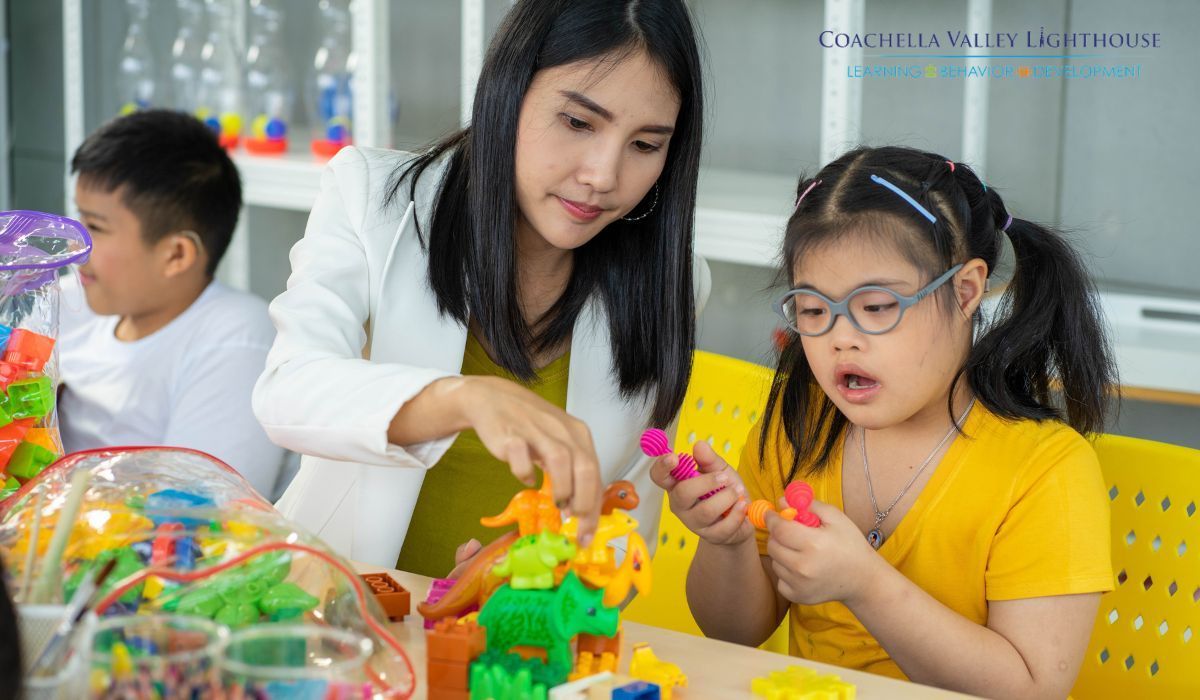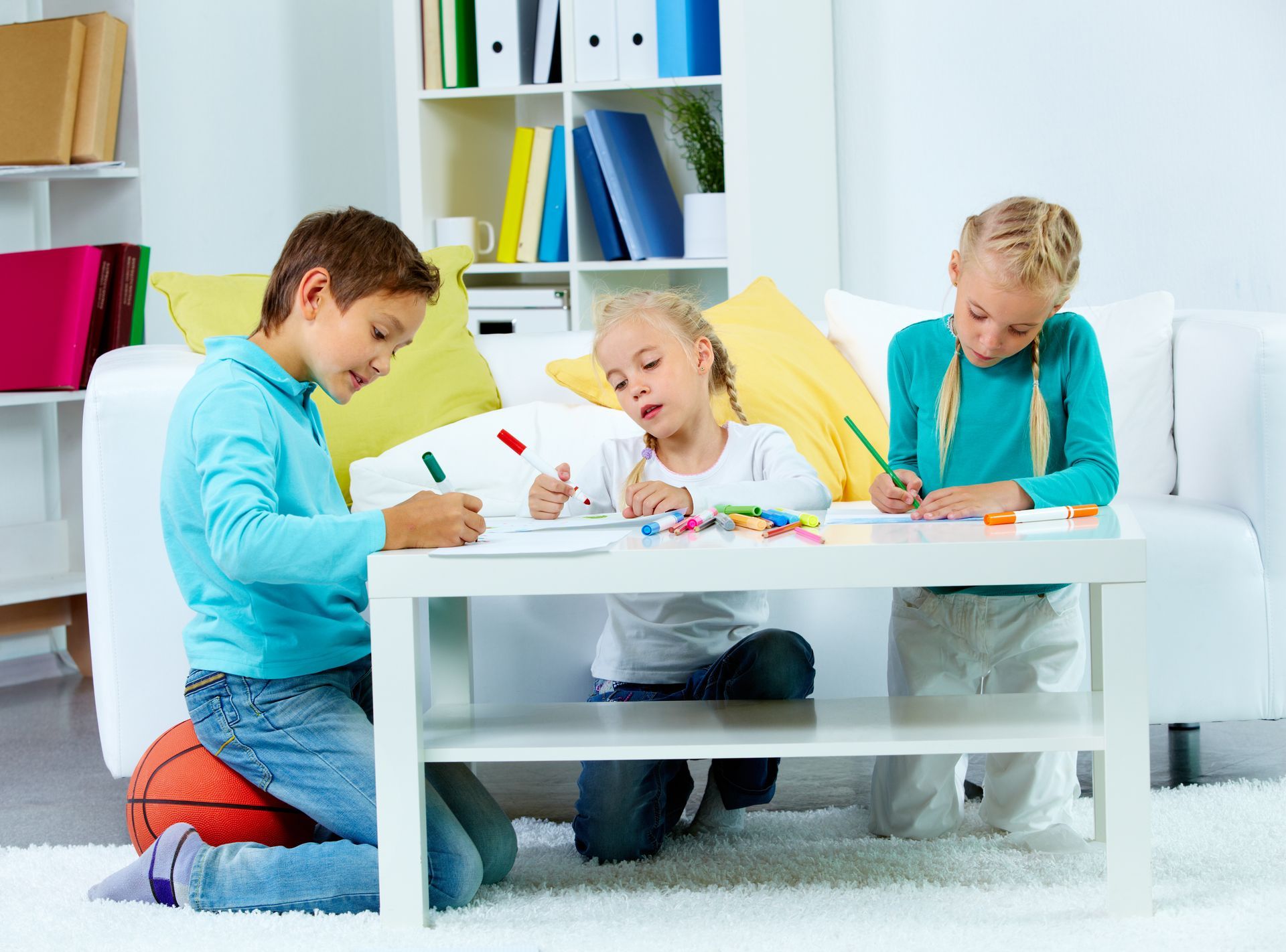The Transformative Power of ABA Therapy in Coachella Valley: A Comprehensive Guide
A Comprehensive Guide to The Transformative Power of ABA Therapy
Applied Behavior Analysis (ABA) therapy is a beacon of hope for families navigating the challenges of autism spectrum disorder (ASD). In the Coachella Valley, from the bustling streets of La Quinta to the quiet corners of Cactus City, and extending to vibrant communities like Calexico and Cathedral City, ABA therapy is changing lives. This article takes a deep dive into the world of ABA therapy, exploring its foundational principles, the impact it has on individuals with autism, and the growing accessibility of ABA services throughout this diverse region.
Understanding ABA Therapy
ABA therapy, at its core, is a scientific approach to understanding behavior and how it is affected by the environment. It's a method that applies our knowledge of how behavior works to real situations, aiming to increase behaviors that are helpful and decrease behaviors that are harmful or affect learning. ABA therapy is highly individualized, focusing on meeting the unique needs of each person. It's about setting specific goals, which could range from improving social skills, to communication, to learning how to brush teeth independently. The flexibility and adaptability of ABA make it a powerful approach for assisting individuals with ASD.
The Growth of ABA Services in Coachella Valley
The expansion of ABA services in the Coachella Valley is a testament to the region's commitment to supporting individuals with autism and their families. This growth mirrors the increasing awareness and understanding of ASD, as well as the demand for specialized, evidence-based treatments. Service providers range from home-based therapy, offering interventions in the comfort of a family's home, to center-based therapy, which provides a structured environment conducive to learning and development. The spectrum of services available ensures that every family can find an approach that works best for them.
La Quinta: A Central Hub for ABA Services
CV Lighthouse stands as the cornerstone of La Quinta's dedication to ABA therapy, highlighting the city's focus on supporting individuals with ASD. This singular center embodies the city's robust support infrastructure, offering a comprehensive range of services tailored to meet the diverse needs of its clientele. From initial assessments to ongoing therapy sessions, CV Lighthouse is equipped to assist individuals at every stage of their development. The center's pivotal role in the community underscores a commitment to inclusivity and understanding, making La Quinta a model for autism care with CV Lighthouse leading the way.
Center-Based Therapy: From Cactus City to Cathedral City
Center-based ABA therapy provides a unique setting where individuals can engage in intensive therapeutic activities. These centers, scattered from Cactus City to Cathedral City, are equipped with resources and staffed by professionals trained to address the complex needs of individuals with autism. The structured environment of a center allows for consistent, focused therapy sessions, making it an ideal setting for many families. Additionally, these centers often offer group sessions, which can be beneficial for social skill development.
The Continuum of Care in Coachella Valley
The Coachella Valley's approach to ABA therapy exemplifies a continuum of care that is tailored to meet the varied needs of its residents. From home-based services in more remote areas to specialized centers in urban locales, the valley offers a comprehensive network of support. This ensures that regardless of where a family is located, they have access to the high-quality care necessary to support their loved one's development and well-being.
In-Home ABA Therapy: Advantages and Implementation
In-home ABA therapy brings the therapeutic process into the family's living space, allowing for a more personalized and comfortable setting. This approach enables therapists to work directly with families, incorporating therapeutic strategies into daily routines and activities. The familiarity of the home environment can also reduce anxiety for individuals with ASD, leading to more meaningful engagement and progress.
Transformative Outcomes of ABA in Autism Therapy
The impact of ABA therapy on individuals with autism in the Coachella Valley is profound. Families report significant improvements in communication skills, social interactions, and overall independence. These successes are a testament to the effectiveness of ABA therapy and the dedication of therapists and families alike. The ability to make a tangible difference in the lives of individuals with ASD is what drives the continued expansion and evolution of ABA services in the region.
Navigating ABA Therapy Options
Selecting the right ABA provider is a critical step for families. It involves considering the qualifications and experience of the therapists, the philosophy and methods of the provider, and the specific needs of the individual with ASD. Families are encouraged to visit potential providers, ask questions, and seek out feedback from other families who have navigated the same process. Finding a provider that is a good fit can significantly enhance the effectiveness of the therapy.
Innovations in ABA Therapy
The field of ABA therapy is continually evolving, with new strategies and technologies enhancing the therapeutic experience. From apps that assist with communication to virtual reality programs that simulate social scenarios, these innovations are making therapy more accessible and engaging. The integration of these technologies into therapy sessions represents the cutting edge of ABA therapy and points to a future where even greater outcomes are possible.
Local Autism Therapy Services: A Comprehensive Guide
The Coachella Valley is home to a wide array of autism therapy services, each offering its unique approach to supporting individuals with ASD. This guide aims to connect families with the resources they need, from ABA therapy to additional support services. By providing a comprehensive overview of local services, families can make informed decisions about the care and support that best meet their needs.
FAQs About ABA Therapy in Coachella Valley
How effective is ABA therapy for individuals with autism?
ABA therapy is widely recognized as an effective treatment for autism, backed by decades of research. Its strength lies in its ability to be customized to the needs of the individual, leading to significant improvements in communication, social skills, and behavior.
What should I look for in an ABA provider?
When choosing an ABA provider, consider the provider's credentials, the training of their staff, and their approach to therapy. It's also important to ensure that the provider offers services that are a good match for your child's needs.
Can ABA therapy be integrated with other treatments?
Absolutely. ABA therapy often works best as part of a comprehensive treatment plan that may include speech therapy, occupational therapy, and other interventions. The goal is to address all aspects of an individual's development.
When should ABA therapy begin?
Early intervention is key in ABA therapy. Starting therapy at a young age, often as early as 2 or 3 years old, can lead to more significant improvements. However, individuals can benefit from ABA therapy at any age.
Is ABA therapy covered by insurance?
Many insurance plans offer coverage for ABA therapy for autism. However, coverage can vary, so it's important to consult with your insurance provider to understand the specifics of your coverage.
Conclusion
The Coachella Valley's commitment to providing accessible, high-quality ABA therapy has made a significant difference in the lives of many individuals with autism and their families. As the region continues to grow and evolve, the future of autism care looks promising, with more resources and support available than ever before. By leveraging the principles of ABA therapy, the Coachella Valley is leading the way in creating a more inclusive, supportive, and understanding community for individuals with autism.











